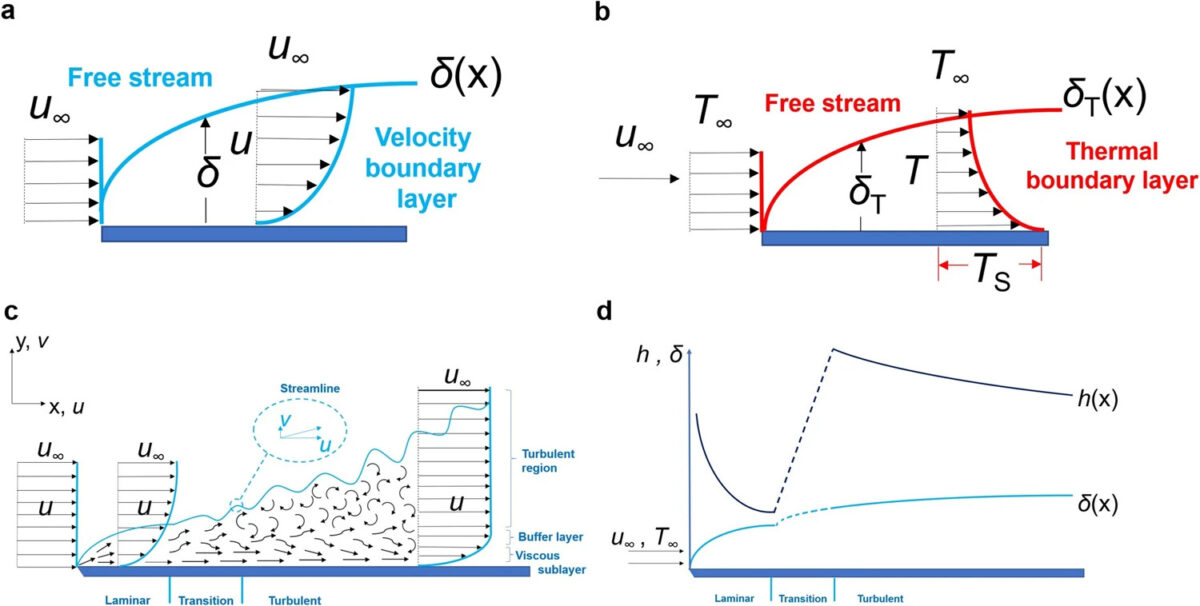New research from Spain’s University of Alcala reveals that higher wind speeds can result in mismatch and power yield losses in solar power plants. In “Energy losses in photovoltaic generators due to wind patterns,” recently published in Communications Engineering, the researchers challenge the conventional belief that increased wind speed benefits ground-mounted PV plants by enhancing solar module cooling.
“In these previous cases, the interface module/air flux is small to appreciate a full airflow development in natural conditions,” the scientists said. “In big PV generators exposed to wind patterns, the module temperature depends on its position inside them, as the air flux affects how the module exchanges heat with it. This is the reason why the wind speed increase did not necessarily bring the best PV performance.”
The researchers conducted real-world measurements on a PV system situated at the Technical University of Madrid, consisting of 21 south-oriented modules, each with a 245 W output. They used a thermographic camera to measure transient temperatures resulting from slight wind fluctuations in a single cell. Additionally, temperature and voltage were recorded at various points on the PV system using resistance temperature detectors.
Their findings indicate that when the system faces headwinds, it experiences higher mismatch losses compared to winds coming from the rear. Specifically, daily energy loss with headwinds was 0.28%, while tailwinds reduced energy production by 0.21%. Under the same conditions but with lower wind speeds, headwinds resulted in a 0.25% mismatch loss, while tailwinds caused a 0.17% loss. On days with very low or no wind, the observed loss was 0.13%.
Popular content
“In other words, a decrease of the energy losses with the wind speed decrease,” the group said. “This apparent counter-intuitive argument follows the fluid mechanics theory, as the wind interaction with the PV generator induces air flux variations that modify the heat transfer from the modules to the air. The thermal behavior that leads to these losses is intrinsically linked with the airflow properties.”
The researchers also found that monthly mismatch losses follow the same patterns as daily losses.
“As the typical lifespan of a PV power plant may last some decades, this must represent an important uncertainty source to ensure the reliability of the PV plants,” they explained. “This suggests that the hitherto depreciated local wind patterns for energy estimations must be taken into account for a proper energy estimation during their lifespan.”
This content is protected by copyright and may not be reused. If you want to cooperate with us and would like to reuse some of our content, please contact: editors@pv-magazine.com.


By submitting this form you agree to pv magazine using your data for the purposes of publishing your comment.
Your personal data will only be disclosed or otherwise transmitted to third parties for the purposes of spam filtering or if this is necessary for technical maintenance of the website. Any other transfer to third parties will not take place unless this is justified on the basis of applicable data protection regulations or if pv magazine is legally obliged to do so.
You may revoke this consent at any time with effect for the future, in which case your personal data will be deleted immediately. Otherwise, your data will be deleted if pv magazine has processed your request or the purpose of data storage is fulfilled.
Further information on data privacy can be found in our Data Protection Policy.